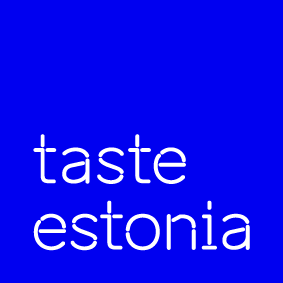In 2018, about half of the total value of Estonian agricultural production was made up of the production of livestock products.
Traditionally, pig farming is the leading livestock farming sector, which accounts for more than half of the production of livestock products. Pork production accounts for 53%, poultry for 25% and beef for 20% of the total meat production. Lamb and goat meat account for only 1.5% of the total meat production. One fifth of the production of livestock products is beef cattle, of which about a third is beef animal.
The breeding of beef animals started to develop more vigorously at the beginning of this century in Estonia. In the year 2018, 77 900 beef animals were being raised in Estonia, 50 400 of them, or 65% of them were organic beef animals. The most common beef breeds in Estonia are Herefords, Aberdeen-Angus, Limousin and Simmental. In Estonia grassland beef and sheep farming is predominant, which has the main aim of sustainably using natural resources, while ensuring animal welfare and economic profitability. The basis for nature conserving production is grass feed and grazing based production, which also has a positive impact on the health of animals.
The need for additional feed is lower in the case of grassland farming, the animals are more durable and live longer, as well as e.g. there are more calves per suckler cow. Calves are kept together with their mother in the first few months of their life and initially feed on their mother’s milk. Natural roughage (fresh pasture, hay and silage) is mainly used as animal feed. It is forbidden to use genetically modified organisms, growth stimulators, animal proteins or fat, etc.
In the beginning of the 2010s, a quality plan for grassland cattle was established in Estonia. The quality plan foresees a correlation between a stress-free animal and high quality meat, which is why the plan aims to grow animals under their original conditions in which bovine animals can behave and feed as characteristic of the species. The plan covers farms, all recognised with an organic certificate that raise Aberdeen-Angus, Hereford, Simmental and/or their cross-breed animals.
The animals of the quality plan are on pastures throughout the entire grazing period and also in winter they must be guaranteed freedom of movement. The animals are grazed on grasslands during the summer period, of which 50% are permanent grasslands. The animals in winter must be provided with dry and clean bedding materials, as well as water and sufficient hay or silage for each age group. Feeding cereals to animals is excluded.
